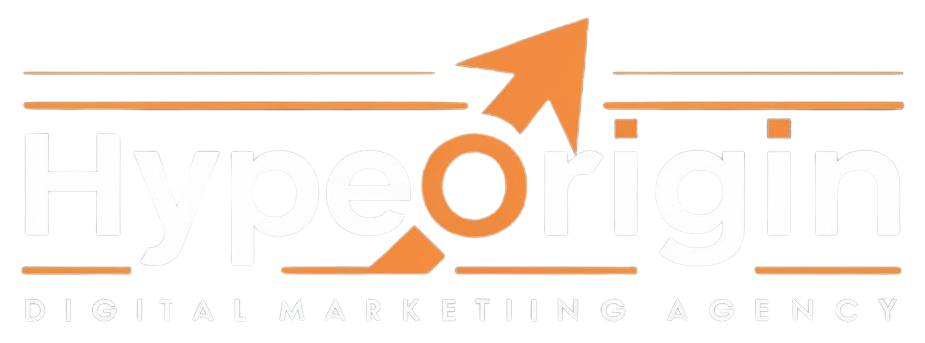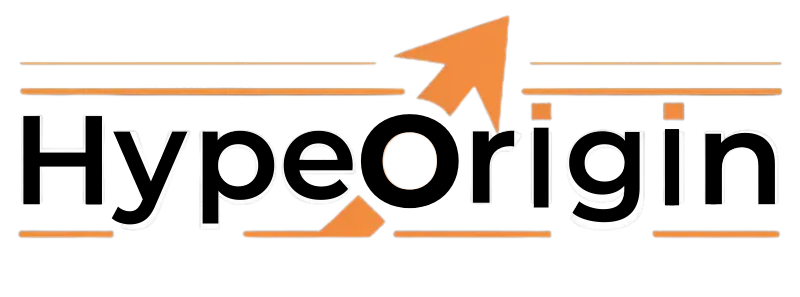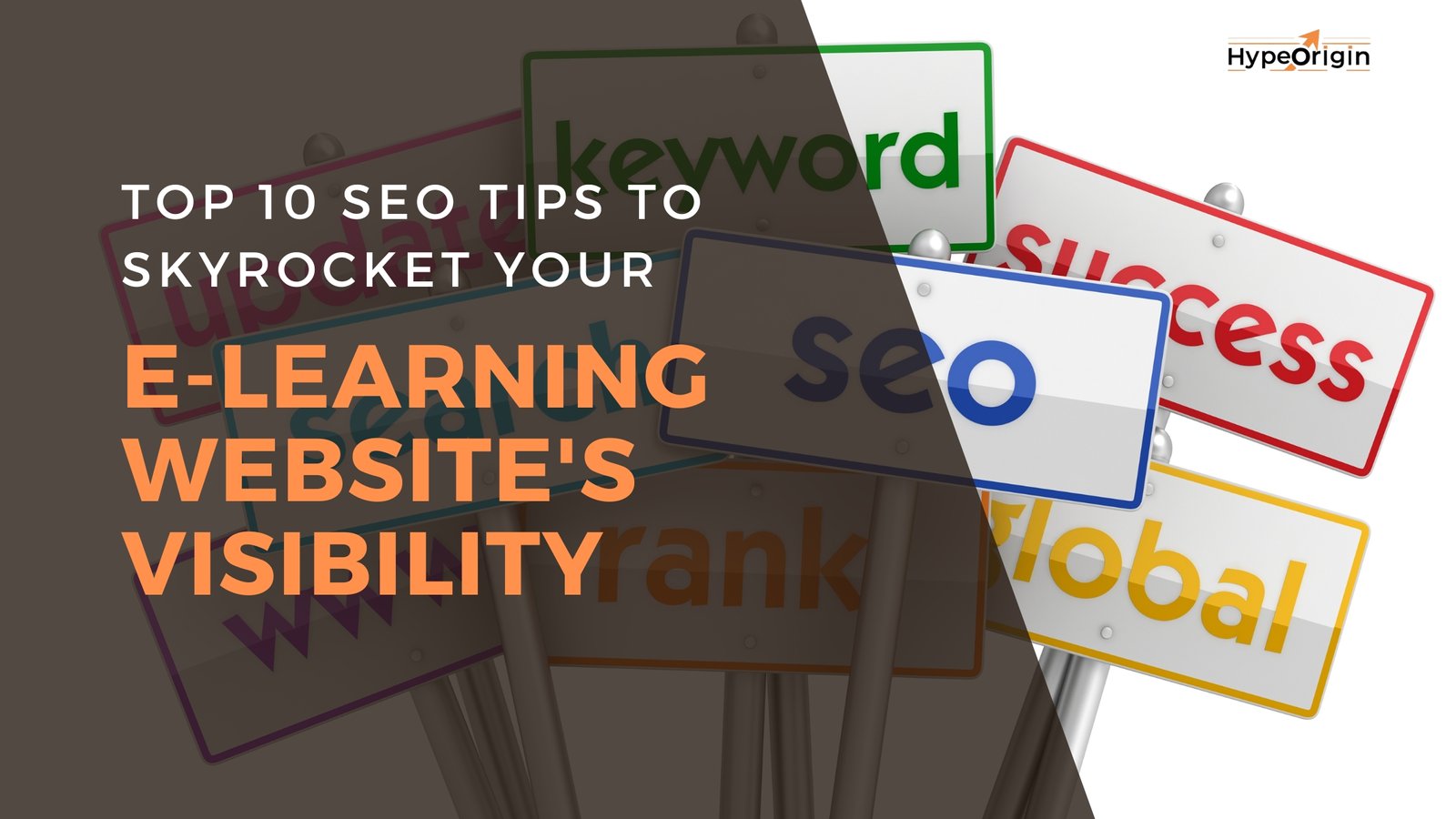In the competitive world of eLearning, ensuring that your website stands out and attracts the right audience is crucial. Search Engine Optimization (SEO) is a powerful tool that can significantly boost your website’s visibility, driving more traffic and, ultimately, more enrolments. This article provides the top 10 SEO tips to help skyrocket your eLearning website’s visibility, ensuring you reach and engage your target audience effectively.
Keyword Research
Importance of Keyword Research
Keyword research is the foundation of any successful SEO strategy. It involves identifying the terms and phrases your potential students are using to search for eLearning content. By understanding and targeting these keywords, you can create content that meets their needs and ranks higher in search engine results.
Tools for Keyword Research
Several tools can help you perform effective keyword research:
- Google Keyword Planner: This free tool from Google provides insights into search volumes and trends.
- SEMrush: A comprehensive SEO tool that offers detailed keyword analysis and competitive research.
- Ahrefs: Known for its extensive backlink analysis, Ahrefs also provides powerful keyword research tools.
Long-Tail Keywords
Long-tail keywords are more specific and less competitive than short, generic terms. For example, instead of targeting “online courses,” you might target “online courses for digital marketing.” These keywords often have lower search volumes but higher conversion rates because they are more specific to what the searcher is looking for.
Using Keywords in Content
Once you’ve identified your target keywords, it’s essential to incorporate them naturally into your content. Use them in your title tags, meta descriptions, headers, and throughout the body of your content. However, avoid keyword stuffing, as this can lead to penalties from search engines.
On-Page SEO

Importance of On-Page SEO
On-page SEO refers to the optimization of individual web pages to rank higher and earn more relevant traffic. It includes both the content and HTML source code of a page.
Title Tags
Title tags are one of the most important on-page SEO elements. They should be concise, include your primary keyword, and accurately describe the content of the page. For example, “Top Digital Marketing Courses | Learn Online” is an effective title tag.
Meta Descriptions
Meta descriptions provide a summary of the page content. While they don’t directly impact rankings, a well-written meta description can improve your click-through rate. Make sure to include your primary keyword and a compelling call to action.
Header Tags (H1, H2, H3, etc.)
Header tags help structure your content, making it easier for search engines and users to understand. Use H1 tags for your main titles and H2/H3 tags for subheadings. This hierarchy improves readability and SEO.
Content Optimization
Content optimization involves creating high-quality, relevant content that satisfies user intent. This includes using keywords naturally, maintaining a clear structure, and providing valuable information. Aim for comprehensive coverage of the topic while keeping the content engaging.
Image Optimization
Images enhance user experience but can slow down your site if not optimized. Use descriptive filenames, include alt text with relevant keywords, and compress images to reduce load times.
Internal Linking
Internal linking connects related pages on your website, helping search engines understand your site’s structure and improving user navigation. Use descriptive anchor text and link to relevant content within your site.
Quality Content Creation
Role of Quality Content in SEO
High-quality content is the cornerstone of effective SEO. It not only attracts visitors but also keeps them engaged, reducing bounce rates and increasing time on site. Quality content is informative, well-researched, and provides real value to your audience.
Types of Content for eLearning Websites
Blog Posts
Blog posts are an excellent way to cover a wide range of topics related to your eLearning courses. They can address common questions, provide insights, and showcase industry trends.
Videos
Videos are highly engaging and can enhance the learning experience. Use them to explain complex concepts, provide course previews, or share testimonials from successful students.
Infographics
Infographics visually represent information, making complex data easier to understand. They are highly shareable and can attract backlinks, boosting your SEO.
Case Studies
Case studies provide in-depth analysis of real-life examples, showcasing the effectiveness of your courses. They build credibility and can persuade potential students to enroll.
Content-Length and Structure
Long-form content tends to perform better in search rankings. Aim for comprehensive articles that thoroughly cover a topic. Use clear headings, bullet points, and short paragraphs to improve readability.
Updating and Refreshing Content
Regularly updating your content ensures it remains relevant and accurate. Refresh older posts with new information, optimize them with current keywords, and republish to give them a new lease on life.
Mobile Optimization
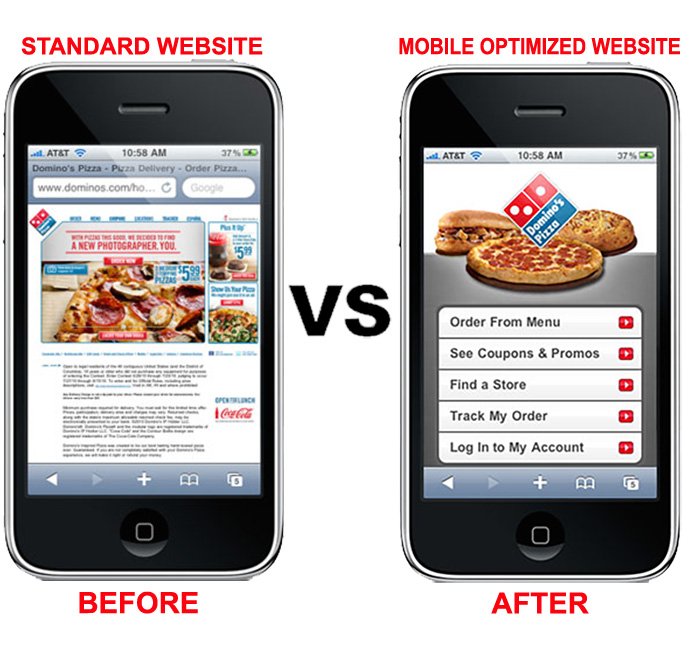
Importance of Mobile Optimization
With more users accessing the internet via mobile devices, mobile optimization is crucial. Google uses mobile-first indexing, meaning it primarily uses the mobile version of a site for ranking and indexing.
Responsive Design
Responsive design ensures your website adapts to different screen sizes, providing a seamless experience across devices. This improves user engagement and reduces bounce rates.
Accelerated Mobile Pages (AMP)
AMP is a framework designed to create fast-loading mobile pages. Implementing AMP can improve your site’s speed and visibility in mobile search results.
Mobile-First Indexing
Ensure your mobile site is fully functional and optimized, as Google prioritizes mobile versions for indexing. This includes having a responsive design, fast load times, and easy navigation.
Page Speed Optimization
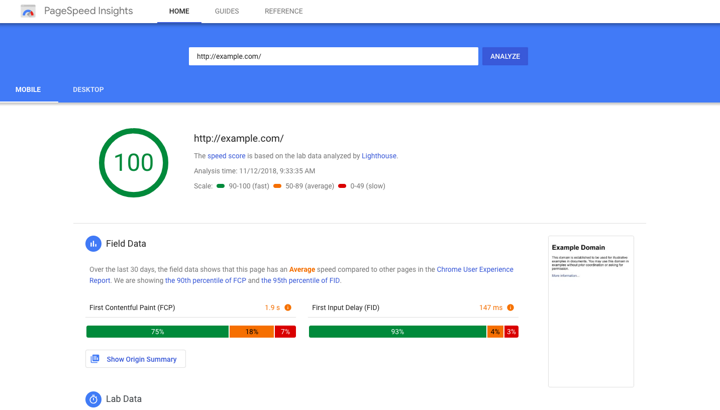
Importance of Page Speed for SEO
Page speed is a critical ranking factor. Faster pages provide a better user experience, reducing bounce rates and increasing time on site.
Tools for Measuring Page Speed
- Google PageSpeed Insights: Provides insights into your site’s performance and suggestions for improvement.
- GTmetrix: Analyzes your page speed and provides actionable recommendations.
Tips for Improving Page Speed
Compressing Images
Large images can significantly slow down your site. Use tools like TinyPNG to compress images without losing quality.
Minimizing CSS and JavaScript
Reducing the size of CSS and JavaScript files can improve load times. Minify these files by removing unnecessary code, whitespace, and comments.
Leveraging Browser Caching
Browser caching stores static files locally on a user’s device, reducing load times for returning visitors. Set an appropriate cache expiration time for your website’s resources.
Technical SEO
Importance of Technical SEO
Technical SEO involves optimizing your site’s infrastructure to help search engines crawl and index your content more effectively. It ensures your site is accessible, fast, and free of technical issues.
XML Sitemaps
An XML sitemap helps search engines understand your site structure and find all your pages. Regularly update your sitemap and submit it to Google Search Console.
Robots.txt File
The robots.txt file instructs search engines on which pages to crawl and which to avoid. Ensure it’s correctly configured to prevent accidental blocking of important pages.
Canonical Tags
Canonical tags help prevent duplicate content issues by specifying the preferred version of a page. Use them to consolidate link equity and avoid penalties.
Structured Data and Schema Markup
Structured data provides additional context to search engines, improving how your pages are displayed in search results. Use schema markup to enhance your listings with rich snippets, such as ratings and reviews.
Backlink Building
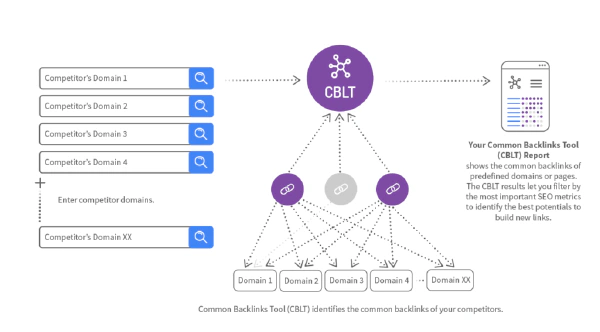
Importance of Backlinks
Backlinks are one of the most important ranking factors. They signal to search engines that your content is valuable and authoritative.
Strategies for Building Backlinks
Guest Posting
Contribute high-quality articles to reputable blogs in your industry. Include a link back to your site to build authority and drive traffic.
Influencer Outreach
Collaborate with influencers in the eLearning industry to promote your content. Their endorsement can attract backlinks and increase your reach.
Creating Shareable Content
Produce valuable and engaging content that others want to share and link to. Infographics, original research, and comprehensive guides are particularly effective.
Monitoring Backlinks
Use tools like Ahrefs and SEMrush to track your backlinks. Monitor their quality and disavow any spammy links that could harm your SEO.
User Experience (UX)
Importance of UX in SEO
A positive user experience is crucial for retaining visitors and improving SEO metrics. A well-designed website enhances user engagement and reduces bounce rates.
Website Navigation
Ensure your website is easy to navigate with a clear structure. Use intuitive menus and internal links to guide users through your content.
Readability and Formatting
Use a clean, legible font and appropriate text size. Break up content with headings, bullet points, and images to improve readability.
User Engagement Metrics
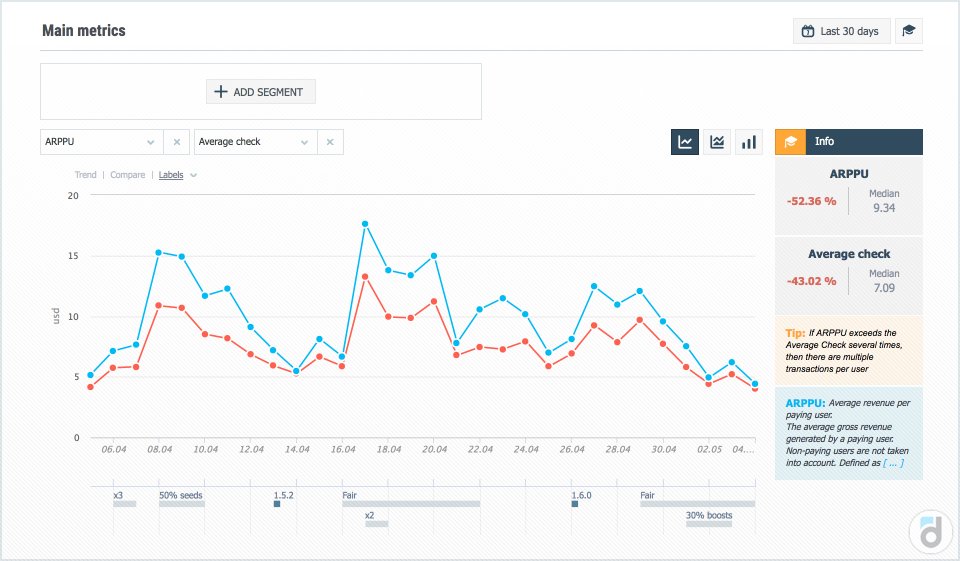
Bounce Rate
A high bounce rate indicates that visitors leave your site quickly. Improve content quality, load times, and navigation to keep users engaged.
Time on Site
The longer visitors stay on your site, the more likely they are to convert. Provide valuable, engaging content to encourage longer visits.
Social Media Integration
Role of Social Media in SEO
While social media signals don’t directly impact SEO rankings, they can increase your content’s visibility and attract more traffic to your site.
Sharing Content on Social Media
Promote your blog posts, videos, and other content on social media platforms. Engage with your audience and encourage sharing.
Social Media Buttons on the Website
Include social media sharing buttons on your content to make it easy for visitors to share it with their networks.
Building a Social Media Presence
Consistently post valuable content on your social media channels. Engage with your audience and build a community around your brand.
Analytics and Monitoring
Importance of Analytics in SEO
Monitoring your SEO performance is essential to understand what’s working and where you need to improve. Use analytics to track your progress and make data-driven decisions.
Tools for Monitoring SEO Performance
Google Analytics
Google Analytics provides detailed insights into your website traffic, user behavior, and conversion rates.
Google Search Console
Google Search Console helps you monitor your site’s presence in Google search results. Use it to track keyword rankings, identify issues, and submit sitemaps.
Key Metrics to Track
Organic Traffic
Monitor the amount of traffic coming from organic search. An increase indicates successful SEO efforts.
Conversion Rates
Track how many visitors are taking desired actions, such as signing up for a course or downloading a resource.
Keyword Rankings
Regularly check your keyword rankings to see how your content is performing in search results.
Conclusion
Incorporating these top 10 SEO tips into your eLearning website strategy can significantly improve your visibility and attract more students. Remember that SEO is an ongoing process that requires continuous effort and adaptation to changing algorithms and user behavior. By staying up-to-date with best practices and regularly monitoring your performance, you can maintain a strong online presence and achieve long-term success.
